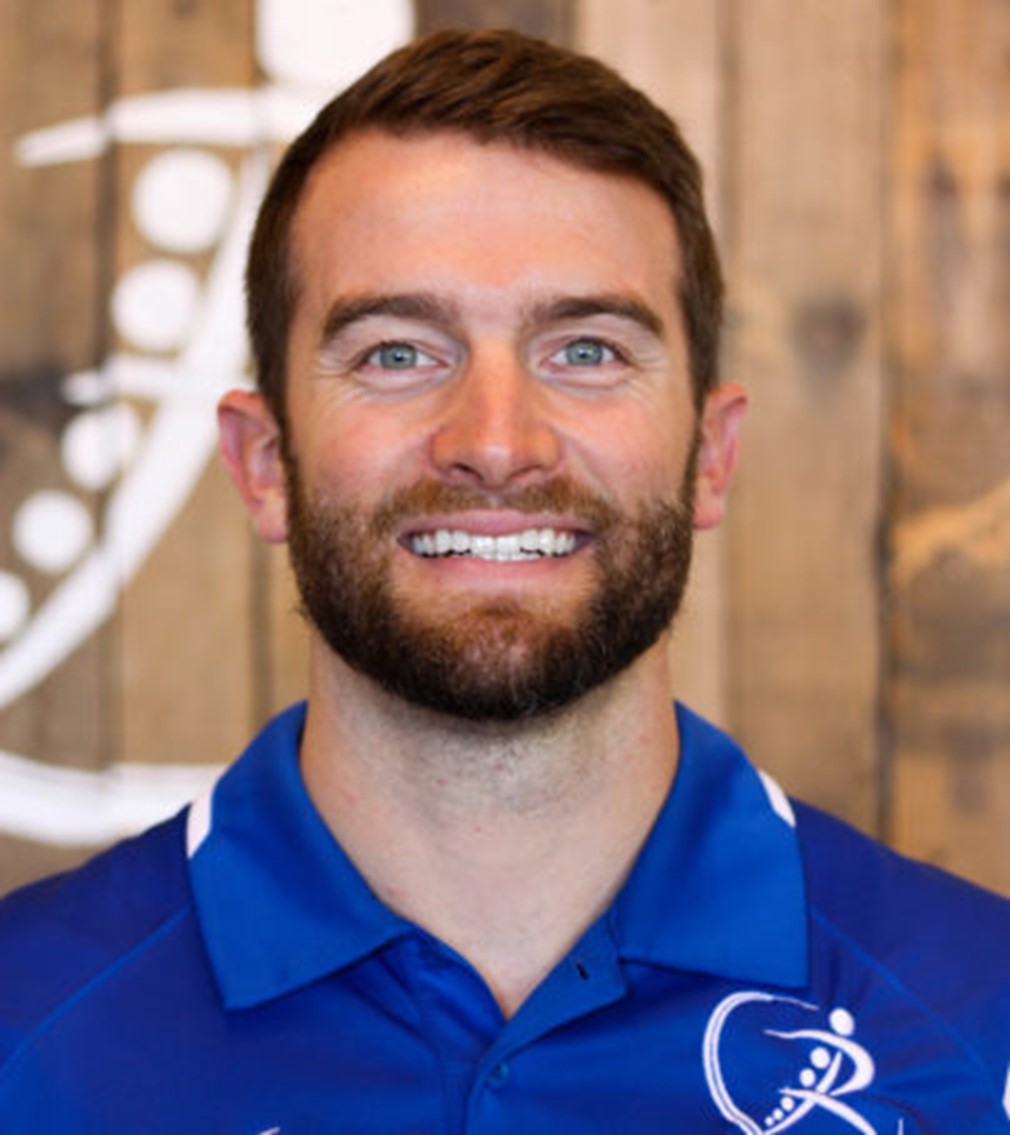In part one we touched on the ‘on’ and ‘off’ misnomer used to describe muscle activation regarding the glute med and runners. At this point, we know your glute med is likely an issue, so we do some type of activation technique and reload the system with a simple glute med exercise such as a clamshell. It’s the step between clamshell and running where life as a therapist gets a little more difficult…
How do we translate glute med activation when you’re lying on your side to appropriate activation when running?
I would answer through a postural progression. Making exercises gradually more difficult by placing your body in the positions that your brain originally learned to move in. I’ll explain further…
When we’re born we all have more or less the same body anatomy. We all have variations in overall size, hip angles, etc., however it’s more or less the same. Now, what we didn’t understand in the past is that the ‘software’ is basically the same too. We typically all develop in a normal pattern or predictable movement. We learn to move our eyes, turn our head, at around 4 months we can roll over, at 6 months we’re crawling, 10 months we’re kneeling and pulling ourselves up to the sides of a couch and at 1 year we’ve began to walk.

You might think this was all a long time ago and doesn’t matter anymore. You’ve been walking for 30+ years now, why does this matter?
It matters because that’s how your brain learns. Through movement. Specifically, through movement experience in different postures…
Rolling on your back = supine. The easiest posture.
Crawling = quadruped. The position of being on your hands and knees.
Kneeling or half-kneeling. Upright weight bearing with one or two knees in contact with the ground.
Standing. (duh.)
Single leg stance. Bearing your entire body weight through one leg.
(alternate from left <> right and move in a forward direction and viola! = we’re running!)
So we go back to where we were before…we’ve given the patient clamshells as an exercise, but how do we translate that to running?
We start from the top (single leg stance) and work our way backwards (half kneeling, quadruped, etc.) to see what’s most appropriate for you. Where do you struggle? At what point do you really have to focus to maintain balance and coordination? That’s where you need to be.
If you can easily maintain your balance with one knee and one hand on the ground, then we move up to half kneeling. Can you maintain static balance on one knee with the other foot directly in front of your knee? Can you maintain balance on one knee with the other foot directly in front while you rotate through your thoracic spine? Can you breathe in that position?

If you can’t do it in a physical therapy clinic, you likely can’t do it on a paved road with variable degrees of incline and decline. It doesn’t mean you can’t run, but it might mean you can’t run without pain.
If we can allow your brain and body to perform a task in a challenging but capable posture where there is no need to count reps but instead feel the exercise and grade the difficulty…then we’re really going to make a change. It’s easy to give an exercise that causes muscle fatigue and soreness, it’s more difficult to give an exercise that achieves the result of making a muscle do it’s job when and where you need it most.

